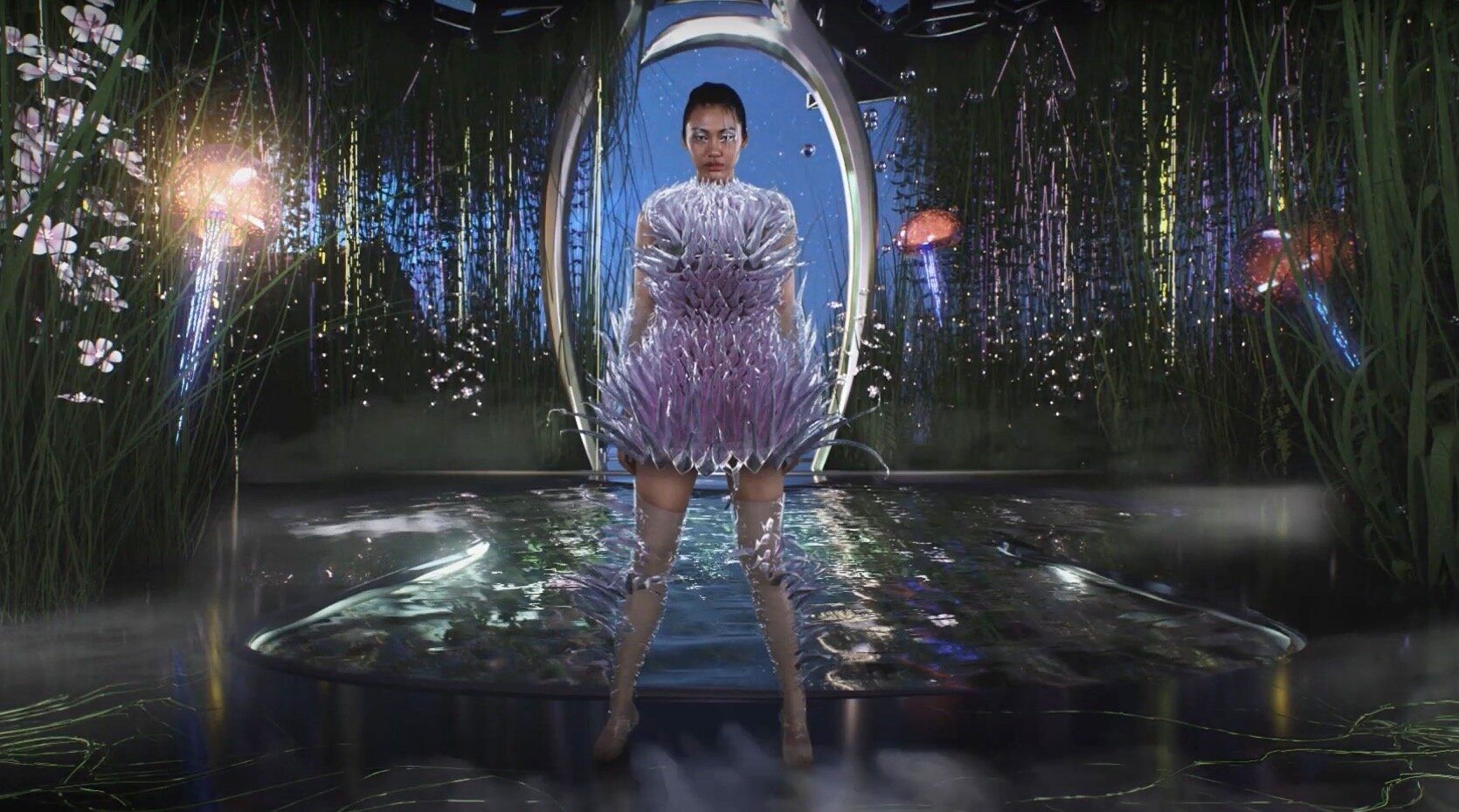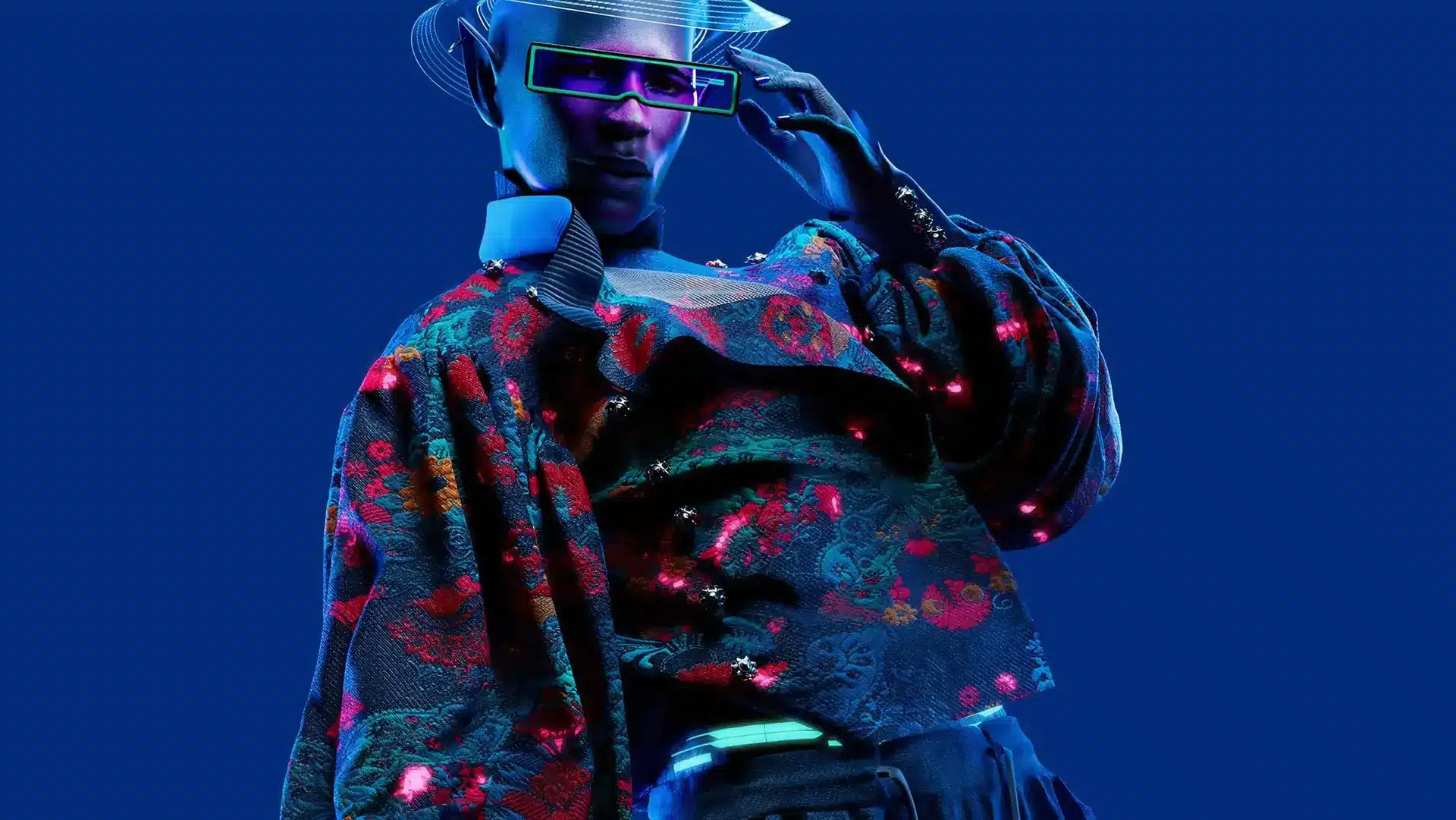Fashion has always evolved with culture and technology, but in 2025 it has entered an entirely new dimension—literally. The rise of digital fashion and virtual runways is transforming how people experience style, shop for clothes, and express identity. The metaverse and other digital platforms are no longer futuristic ideas—they are now central to the global fashion industry.
One of the biggest changes is how people interact with fashion. Instead of only buying physical clothes, consumers are now purchasing digital outfits to wear on avatars in virtual spaces. Whether it’s gaming platforms, social apps, or immersive metaverse environments, fashion has become an essential part of digital identity. In many cases, people are investing as much in their online wardrobe as their real-life one, proving that digital fashion has real-world value.
Virtual runways have also become a defining trend in 2025. Top fashion houses and streetwear labels are hosting digital fashion shows where audiences worldwide can join through VR headsets or online streams. These events often include interactive features, letting attendees zoom in on garments, change viewing angles, or even try on digital pieces through augmented reality. This shift has democratized fashion shows, once reserved for elite audiences, by making them accessible to anyone with an internet connection.
Another major advantage of digital fashion is its sustainability. Unlike physical garments, digital outfits require no raw materials, manufacturing, or shipping, reducing the industry’s environmental footprint. Brands are embracing this eco-friendly model by releasing exclusive digital collections alongside their physical ones. This not only appeals to environmentally conscious consumers but also creates new revenue streams in the booming digital economy.
Technology plays a huge role in making digital fashion feel authentic. Blockchain and NFTs (non-fungible tokens) allow customers to verify ownership of exclusive digital items, much like owning a luxury handbag in real life. These digital assets can be traded, sold, or collected, adding a new layer of value to fashion. Meanwhile, AI-powered design tools are helping brands create futuristic looks that would be impossible to produce with traditional fabrics and techniques.

Digital fashion also enhances personal self-expression. In virtual worlds, people are free to experiment with bold designs, colors, and styles that may not be practical in real life. From holographic jackets to glowing sneakers and gravity-defying gowns, the possibilities are endless. This has opened the door for younger designers who use digital tools to showcase their creativity without the costs of physical production.
The blending of real and virtual fashion is also changing retail experiences. Many brands now offer hybrid shopping options where customers can purchase both a physical garment and its digital twin. This allows buyers to wear the item in real life and also showcase it in the metaverse. Virtual fitting rooms powered by AR have become common, helping shoppers visualize how clothes will look on them before making a purchase.
The influence of digital fashion goes beyond commerce—it’s shaping culture and community. Online influencers, streamers, and digital creators are setting style trends that spread globally at lightning speed. Virtual collaborations between fashion labels, gaming companies, and tech giants are creating unique collections that blur the line between entertainment and fashion.
While some critics argue that digital fashion lacks the “realness” of physical garments, its cultural and economic impact cannot be ignored. In fact, experts predict that the digital fashion market will grow even larger as more people spend time in online spaces. Just like traditional clothing, digital outfits tell stories, create identity, and connect people across borders.
In 2025, the metaverse has made it clear: fashion is no longer limited to fabric and stitching. It is now as much about pixels and code as it is about threads and textures. By embracing digital fashion, the industry has opened a new frontier where creativity, technology, and sustainability collide—proving that style has no boundaries.










